Trigeminal Neuralgia is an extremely painful condition that affects the trigeminal nerve. This nerve is what carries and supports sensations from your face directly to the brain. The pain is described is an electric shock, burning sensation and sharp stabbing pains.
The attacks can happen instantly and last from a few seconds to a few minutes. In extreme cases, attacks can sometimes happen hundreds of times a day in short intervals. These episodes of trigeminal neuralgic pain can happen regularly for days, weeks and even months at a time.
The pain can be located in the upper and lower jaw, teeth, cheeks, forehead and eye. Sometimes it can affect both sides of the face, but this is rarer.
Trigeminal neuralgia is more common in women and is likely to happen to people older than 50 or people who suffer from MS.
This condition can have triggers where even slight pressure or sensation to the face and cause painful attacks. Finding out your triggers may help you control your trigeminal neuralgia and make living with it more manageable. Here are some common triggers:
- Brushing teeth
- Shaving or applying make-up to the face
- Wind, cool breeze and air conditioning
- Vibrations to the face
- Talking, chewing and smiling
- Touching
- Swallowing
Depending on the severity of the symptoms and the reason for the pain your doctor may offer you a more conservative route first before surgery is required. Trigeminal neuralgia can be managed by anticonvulsant medication, the main one being Carbamazepine where a dose will be taken a few times a day and built up over time. If the symptoms weaken or go then they can be reduced gradually.
Other medications like Oxcarbazepine, Lamotrigine, Gabapentin and Pregabalin are available to help with the symptoms but as with all medications they do come with side effects. It is worth speaking with your doctor if the medication you are on is giving you unpleasant side effects as they may be able to offer you something else. There can be many triggers to trigeminal neuralgia, however, sometimes it is completely random.
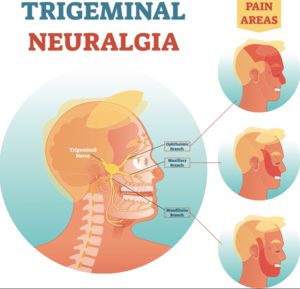 What are the causes?
What are the causes?
Trigeminal neuralgia can be caused due to the compression of the trigeminal nerve. It Is when a blood vessel presses itself against the nerve in a sensitive point, like the brainstem, where it merges with the spinal cord. This condition is also related to MS (Multiple Sclerosis) which damages the myelin sheath and tumour or cysts compressing the nerves.
Diagnosis and treatment
To diagnose trigeminal neuralgia your doctor will ask you to describe your pain, the location and if there are any possible triggers, like brushing your teeth. Many people describe trigeminal neuralgia as the worst pain they have ever experienced.
Your doctor will give you a neurological examination and ask you a series of questions related to the symptoms and condition of trigeminal neuralgia.
To properly diagnose trigeminal neuralgia an MRI scan will be performed. This scan will need very specific sequences and guidance to determine a diagnosis. The scan will be looking for any compression, cysts or tumours pressing on the trigeminal nerve.
Baclofen and Botox injections are also available to reduce trigeminal pain.
Surgery is always a last resort but completely necessary for patients experiencing extreme pain with or without medication and it is affecting the quality of life. It is also an option if a tumour compressing the nerve, this will need to be removed.
There are several different surgical procedures to treat trigeminal neuralgia and your doctor will choose the one that is right for you. You will be walked through the risks, benefits and complications of the procedure and allowed to ask as much or less questions as you like. It is important you completely understand the reasoning and possible outcomes for the surgery before it is performed.
A microvascular decompression is one of the more common procedures to treat this condition. It involves locating the blood vessels and moving them away or removing them from the trigeminal nerve.
Another type of surgery known as stereotactic radiosurgery or Gamma Knife surgery. This provides radiation directly to the trigeminal nerve that will ultimately reduce or remove pain from the nerve. The effects of this procedure may take a couple of weeks or months to fully be effective.
Other procedures such as glycerol injections and balloon compression are also available.
This article is intended to inform and give insight but not treat, diagnose or replace the advice of a doctor. Always seek medical advice with any questions regarding a medical condition.
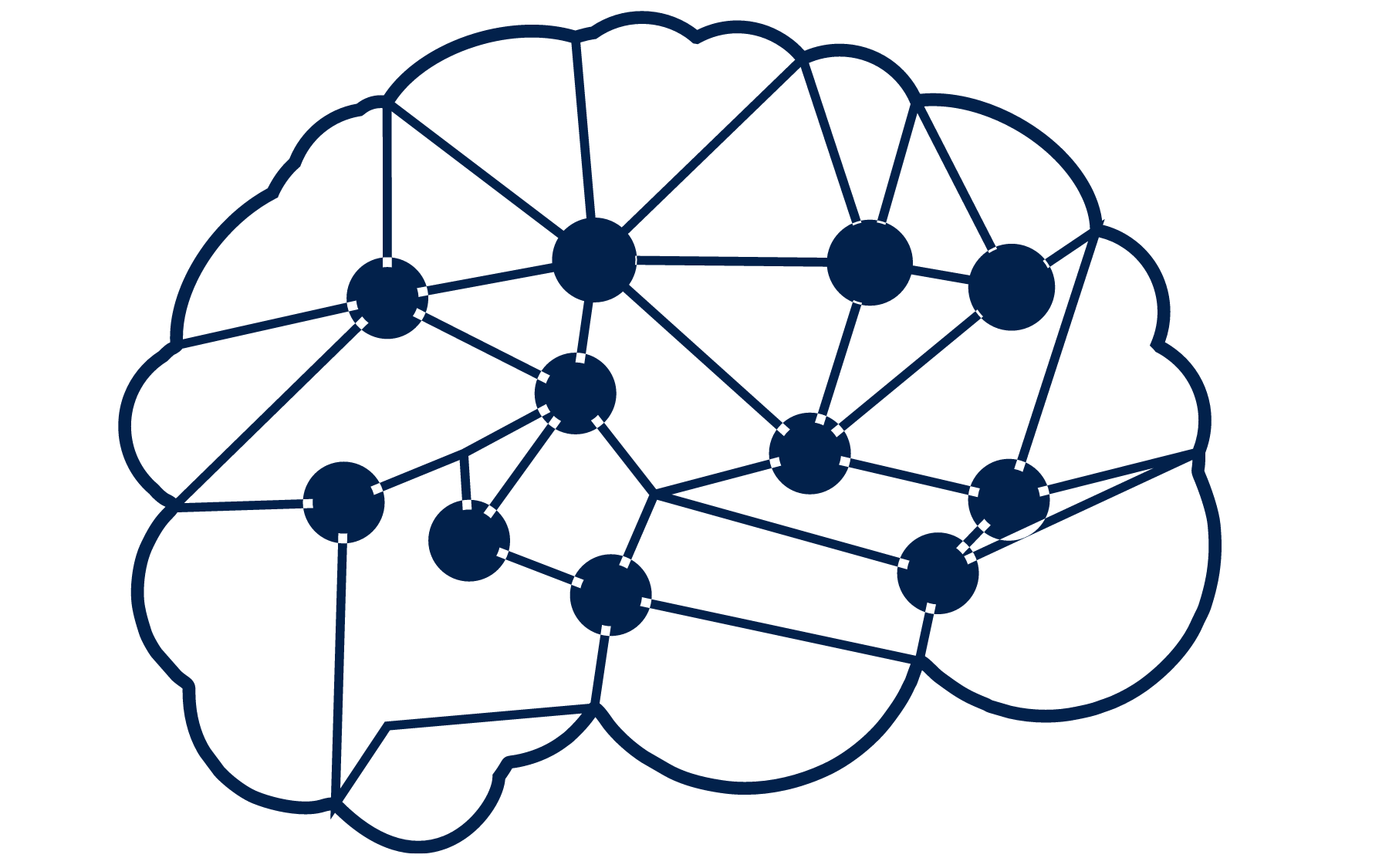
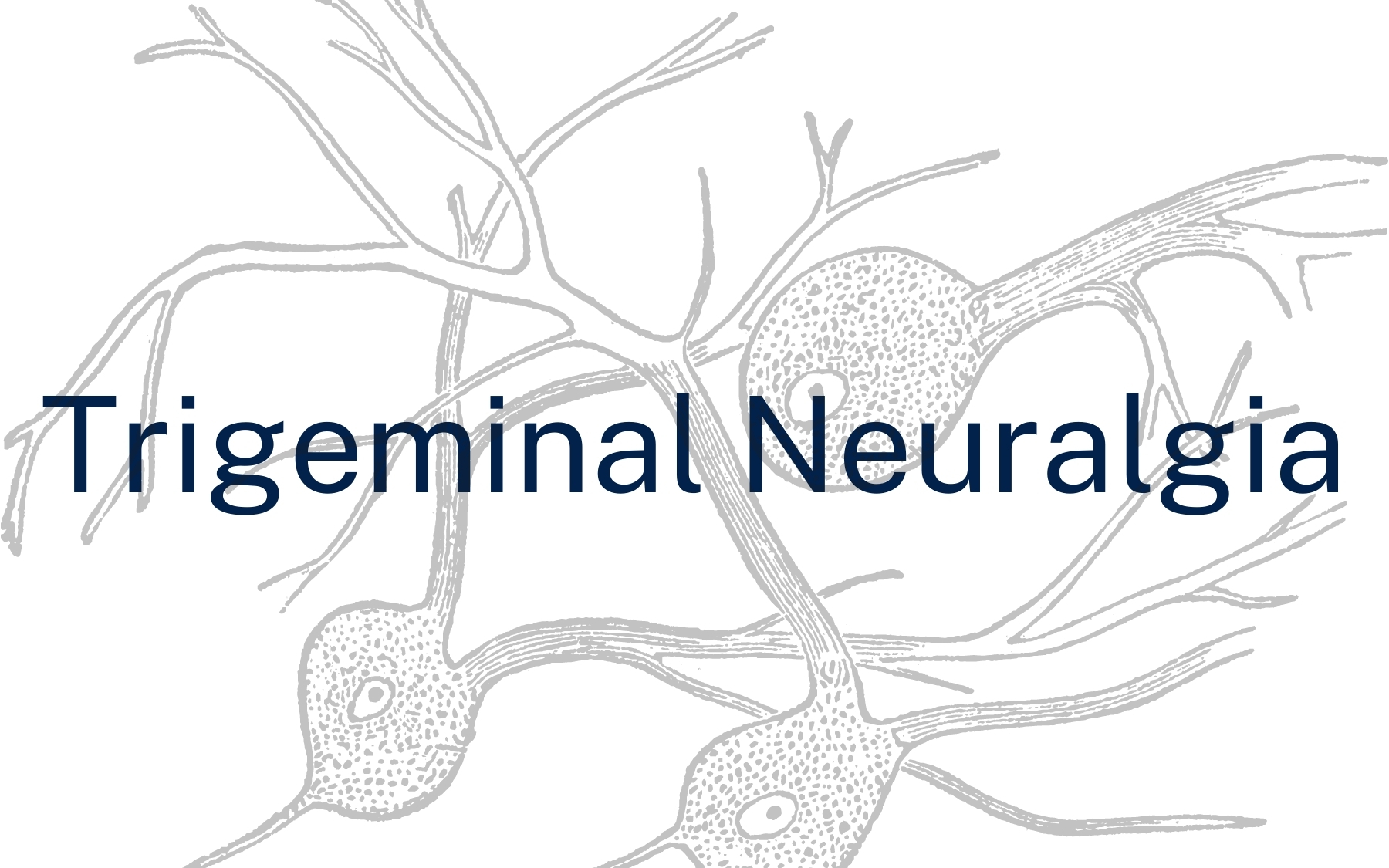
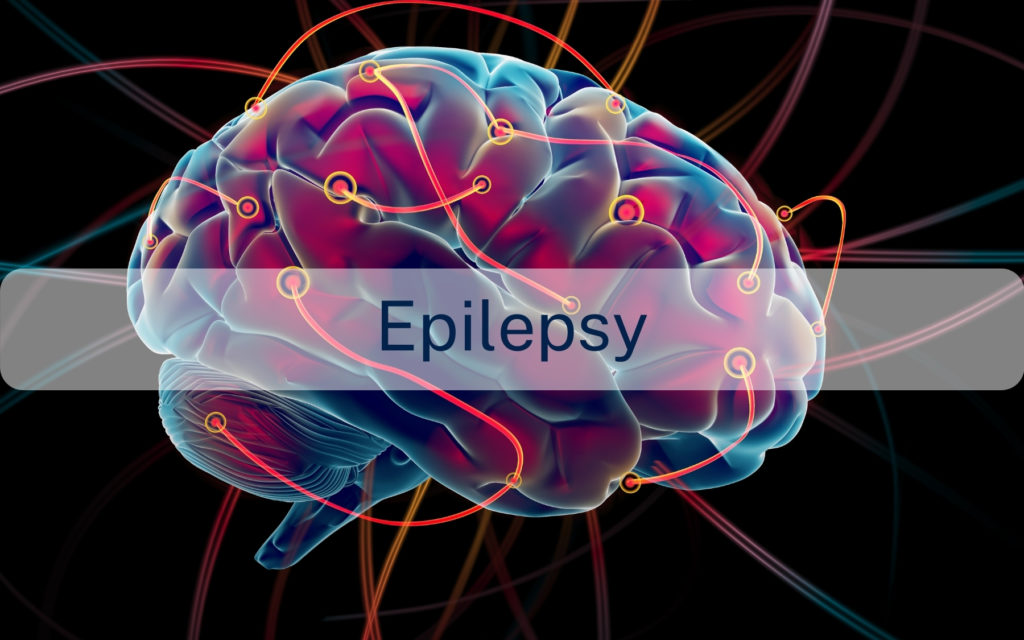
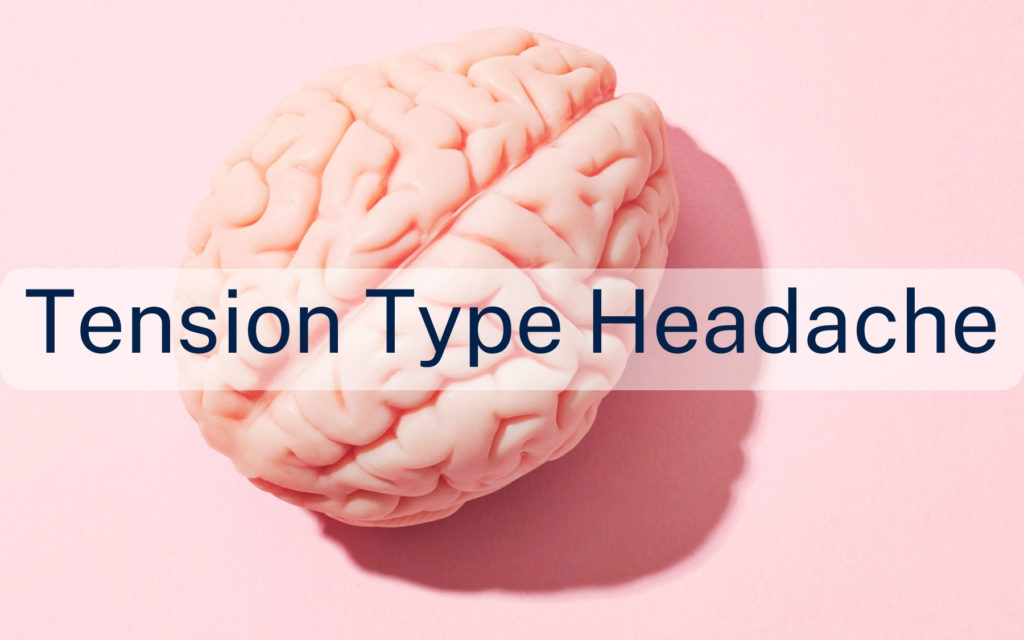
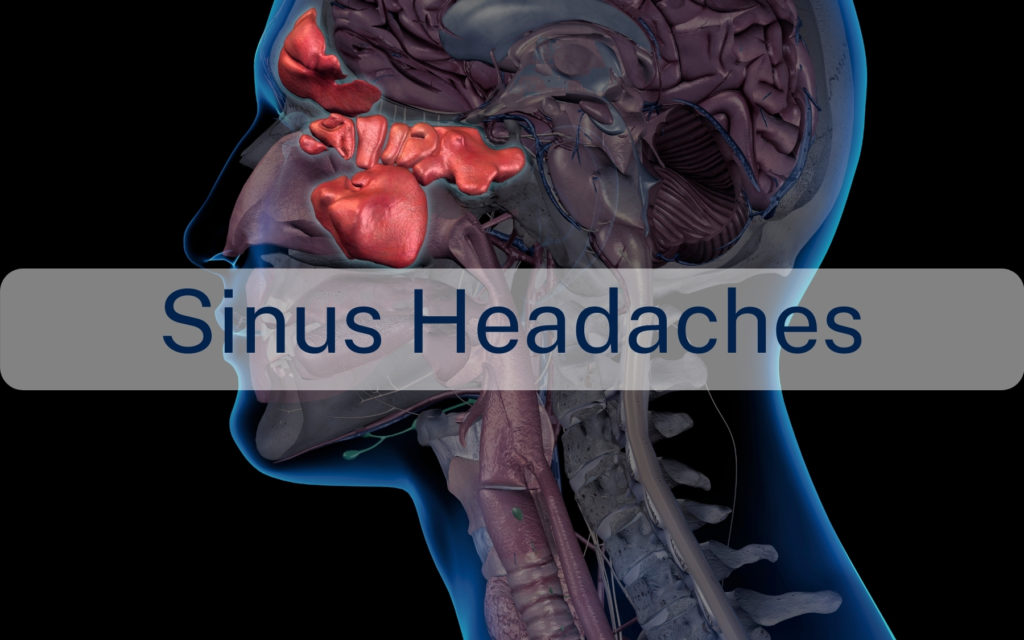
0 Comments